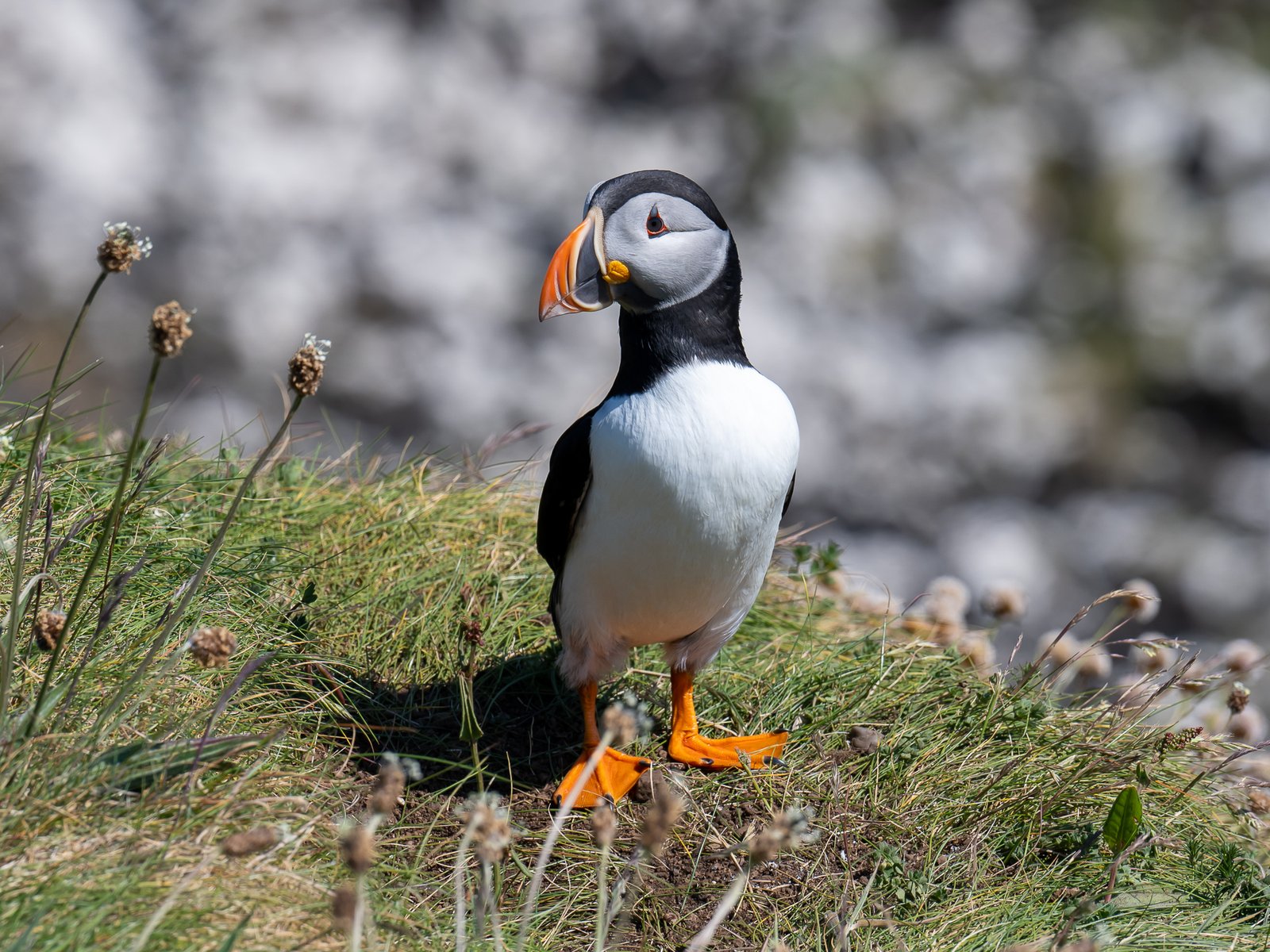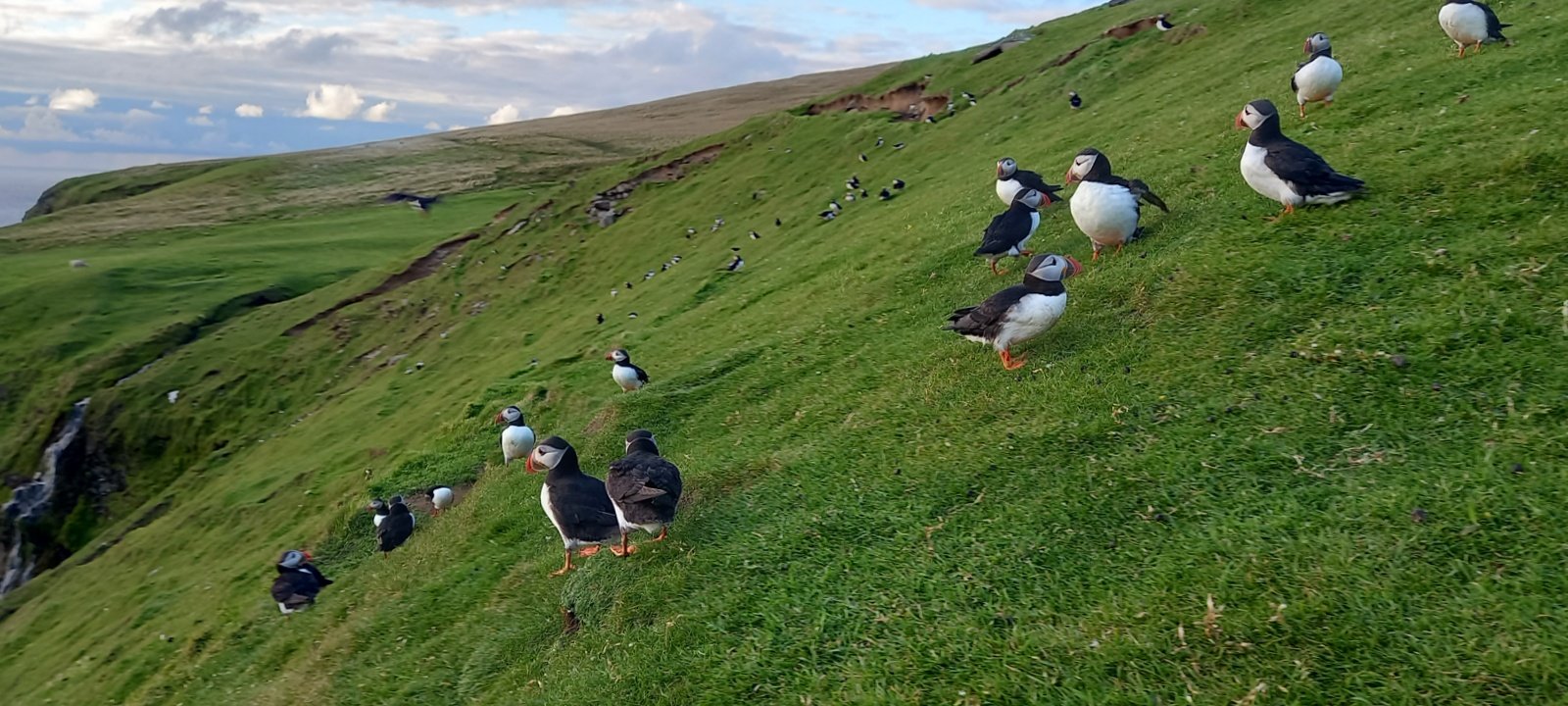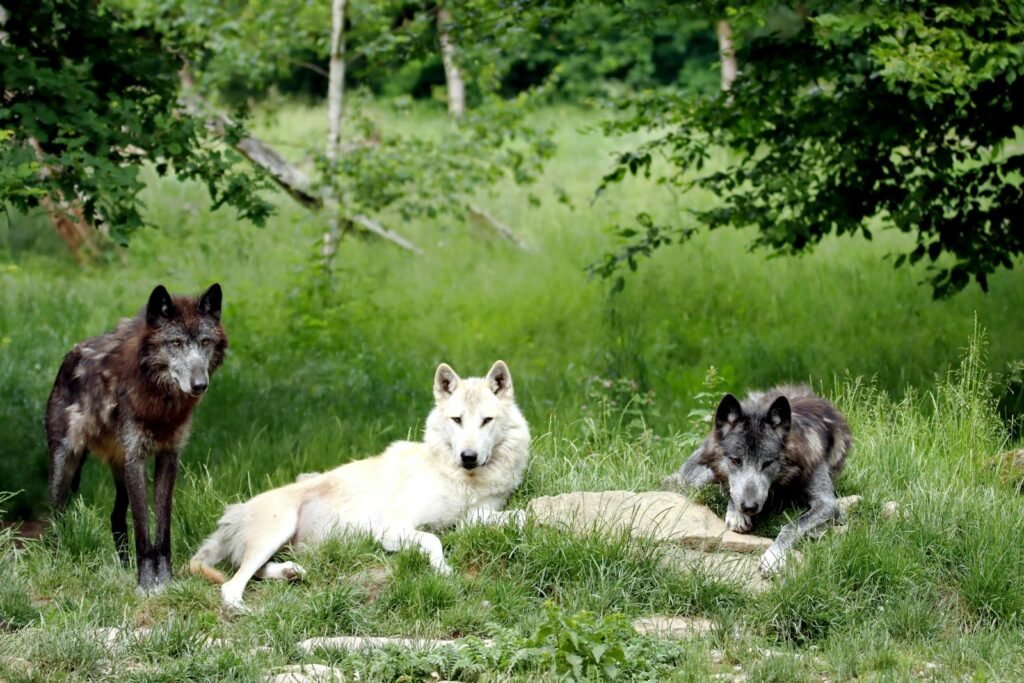Have you ever wondered how some of the most enchanting seabirds on our planet have managed to survive through the harshest of climates? Puffins, with their vibrant beaks and captivating eyes, have a story that stretches back through the ice ages, revealing a tale of resilience and adaptation. These birds are not just a delight to the eyes; they are living fossils, a testament to nature’s incredible ability to endure and evolve. As we dive into their history, we uncover a world where survival is a game of wit, endurance, and transformation.
The Ancient Origins of Puffins
Puffins, members of the auk family, have been around for millions of years. These seabirds trace their lineage back to a time when mammoths roamed the earth. Fossil records suggest that their ancestors lived during the late Miocene epoch, roughly 5 to 23 million years ago. This was a period marked by significant climatic changes, which played a crucial role in shaping the puffins we know today. Their ability to adapt to varied environments is one reason they have survived for so long. Imagine a world where the landscape was constantly changing, yet these birds thrived, evolving with each shift.
Adaptation in the Face of Climate Change
The resilience of puffins is largely due to their remarkable adaptability. Throughout the ice ages, the earth underwent dramatic temperature fluctuations, yet puffins managed to survive. They developed unique features like waterproof feathers and specialized beaks to catch fish in cold waters. This adaptability is akin to a sailor skillfully navigating unpredictable seas, always ready for the next wave. It’s this ability to adjust and thrive in diverse environments that has allowed them to persist through the ages.
Fossil Evidence and What It Reveals
Fossils are the silent storytellers of our world, and those of puffins are no exception. These remains provide crucial insights into how these birds have changed over time. For instance, fossils found in various parts of the world show that puffins once inhabited regions far beyond their current range. The variations in fossilized beak shapes and sizes indicate how they adapted to different food sources and climates. It’s like piecing together a puzzle, each fossil adding a new dimension to our understanding of these fascinating creatures.
The Role of Beaks in Puffin Evolution
One of the most distinctive features of puffins is their colorful beaks. But these aren’t just for show; they are vital tools for survival. Over time, puffins have developed beaks that are perfectly suited for their feeding habits. This evolution is a prime example of natural selection at work. Imagine a toolbox where each tool is specifically designed for a particular task. In the case of puffins, their beaks are the ultimate multi-tool, allowing them to catch and hold multiple fish at once, ensuring they can feed their young efficiently.
Surviving the Ice Ages
The ice ages were a period of extreme challenges, yet puffins managed to endure. Their survival can be attributed to their migratory behavior, which enabled them to move to more hospitable environments as needed. This migratory instinct is akin to a well-tuned GPS, guiding them to safety when conditions became too harsh. By constantly seeking out new habitats, puffins were able to find food and shelter, even as glaciers advanced and retreated. Their story is one of constant movement and adaptation, a testament to their resilience.
Puffins in Modern Times
Today, puffins are found in the North Atlantic, from Newfoundland to Norway. However, their numbers are declining due to threats like climate change and overfishing. Despite these challenges, they remain a symbol of hope and perseverance. Conservation efforts are underway to protect these birds and their habitats, ensuring that future generations can marvel at their beauty. Puffins are a reminder of nature’s fragility and strength, showing us the importance of preserving our planet’s biodiversity.
The Magic of Puffin Day

Puffin Day is a celebration of these remarkable birds and their incredible journey through time. It’s a day to recognize their resilience and the efforts being made to protect them. On this day, people around the world come together to raise awareness about the challenges puffins face and the steps we can take to ensure their survival. It’s a call to action, a reminder that we all have a role to play in preserving the natural world. By celebrating Puffin Day, we honor the past and look forward to a future where these seabirds continue to thrive.
Lessons from the Puffin’s Journey
The story of the puffin is one of survival against the odds. It teaches us about the power of adaptation and the importance of resilience. In a world where change is the only constant, puffins remind us that we too can adapt and thrive. Their journey through the ages is an inspiring tale of endurance, a lesson in how to navigate the challenges of life with grace and determination. Puffins are more than just birds; they are symbols of hope, resilience, and the enduring spirit of nature.
Reflecting on Nature’s Wonders

As we delve into the history of puffins, we are reminded of the wonders of nature and the stories it holds. These seabirds are a living testament to the incredible journey of life on earth. Their story is a reminder of the interconnectedness of all living things and the delicate balance that sustains us. In celebrating puffins, we celebrate the beauty and complexity of the natural world. It’s a call to cherish and protect the environment, ensuring that the stories of creatures like the puffin continue to be told for generations to come.
In the end, the puffin’s tale is a story of hope and survival. It’s a reminder of the resilience of nature and the importance of protecting our planet. As we reflect on their journey, we are inspired to take action, to preserve the beauty and diversity of the world around us. What lessons can we learn from the puffin’s incredible journey through time?



